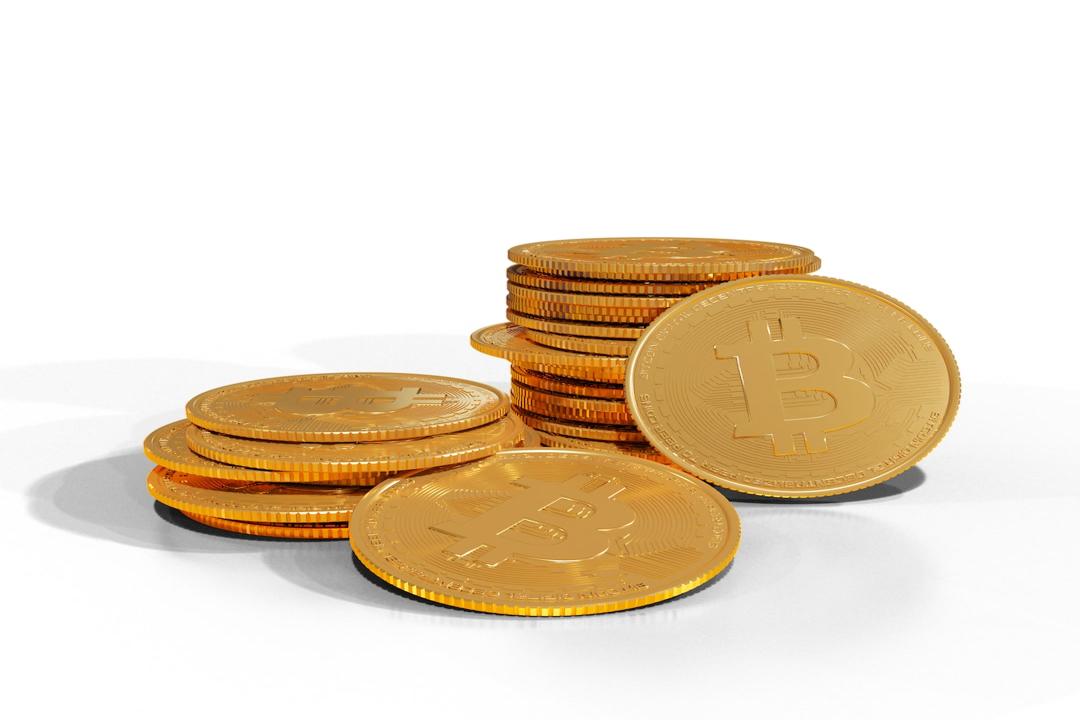**The “Stability” and “Instability” of Stablecoins in 2024**
Stablecoins are a type of token that anchors their value to other assets (such as commodities or fiat currencies) to stabilize their prices. By maintaining a peg to specific fiat currencies, assets, or commodities, most stablecoins serve as a bridge between real-world assets and cryptocurrencies, mapping these assets onto the blockchain in token form.
Since 2014, companies like Tether and Circle have issued tokenized currencies backed by real-world financial assets (such as bank deposits and short-term notes). Users can directly enter the cryptocurrency space through these companies, converting real-world deposits into newly minted stablecoins. Conversely, they can also redeem stablecoins back into fiat currency.
However, not all stablecoins are fully backed by tangible real-world assets. Decentralized stablecoins, such as DAI and AMPL, maintain their peg through mechanisms like over-collateralization of crypto assets or supply adjustments (rebasing), allowing for the minting of stablecoins without the need for centralized entities while preserving their peg.
The true value of stablecoins lies in their ability to maintain their peg at all times, even during periods of market volatility. Unfortunately, many stablecoins have failed this test. In this report, we cover the types of stablecoins, total market capitalization, trading volumes, and emerging stablecoin models.
**Five Key Points from CoinGecko’s 2024 Stablecoin Status Report:**
1. The market capitalization of fiat-backed stablecoins surged to $161.2 billion in 2024, yet remains below the peak of $181.7 billion in 2021.
Despite growth in the fiat-backed stablecoin market in 2024, reaching a total market capitalization of $161.2 billion, this figure still does not surpass the historical high of $181.7 billion in 2021.
2. Commodity-backed stablecoins grew by 18.1% in 2024, reaching $1.3 billion, which is only 0.8% of the fiat-backed stablecoins.
While commodity-backed stablecoins saw growth, their scale remains relatively small, with a market capitalization of only $1.3 billion in 2024, accounting for 0.8% of the total market capitalization of fiat-backed stablecoins.
3. Stablecoins account for 8.2% of the total market capitalization of the global cryptocurrency market, and their dominance increased during market downturns.
Stablecoins hold an 8.2% share of the global cryptocurrency market, with their market dominance further increasing during periods of market weakness.
4. 8.7 million addresses hold stablecoins, with 97.1% holding USDT, USDC, or DAI.
The majority of stablecoin holders are concentrated in USDT, USDC, and DAI, with approximately 97.1% of addresses holding these three types of stablecoins.
5. Stablecoins still face challenges in maintaining peg stability, particularly during uncertain periods.
Although stablecoins are designed to maintain their pegged price, many still struggle with stability during market turbulence and periods of uncertainty.
Since 2020, the total market capitalization of the top ten fiat-pegged stablecoins has increased significantly. During the bull market from 2020 to 2021, the market capitalization surged by 3121.7%, from $5 billion at the beginning of 2020 to $181.7 billion by March 2022. Following the collapse of Terra and its UST stablecoin, the market capitalization of stablecoins temporarily declined, but rebounded in November 2023. As of August 2024, the total market capitalization of fiat-pegged stablecoins has increased by 35.4%, rising from $119.1 billion to $161.2 billion.
The top three dollar stablecoins—Tether (USDT) with a market capitalization of $114.4 billion, USDC with $33.3 billion, and Dai (DAI) with $5.3 billion—account for 94% of the total stablecoin market capitalization. Meanwhile, USDT’s market share has solidified at 70.3%, while USDC’s market share has continued to decline since the U.S. banking crisis in March 2023. Stablecoins pegged to other currencies, such as the euro, yen, and Singapore dollar, account for only 0.2% of the market share.
1. Commodity-backed stablecoins grew by 18.1% in 2024, reaching $1.3 billion, which is only 0.8% of fiat-backed stablecoins.
As of August 1, 2024, the market capitalization of commodity-backed stablecoins reached $1.3 billion. Despite new entrants like Kinesis and VeraOne, Tether Gold (XAUT) and PAX Gold (PAXG) still account for 78% of this market capitalization. Although commodity-backed stablecoins have grown 212 times since 2020 and increased by 18.1% in 2024, they represent only 0.8% of the market capitalization of fiat-backed stablecoins.
Precious metals are the preferred backing for these stablecoins, but recently other commodity-backed stablecoins have also been introduced. The Uranium308 project launched a stablecoin pegged to the price of U308 uranium compound per pound, but this project has since ceased operations.
2. Stablecoins account for 8.2% of the total market capitalization of the global cryptocurrency market, and their dominance increased during market downturns.
As of August 1, 2024, stablecoins account for 8.2% of the total market capitalization of the global cryptocurrency market. At the beginning of 2020, stablecoins had a very small share in the cryptocurrency industry, accounting for only about 2% of the global market capitalization, but peaked at 6% during the early rise of DeFi.
The dominance of stablecoins surged from November 2021 to May 2022, primarily due to the exponential growth of Terra’s UST stablecoin, whose market share rose from 4.8% to 15.6%. However, after the collapse of UST, the market share of stablecoins plummeted, but subsequently rebounded sharply in the context of investors seeking stability during the bear market, reaching a peak of 18.4%.
3. Stablecoins account for 8.2% of the total market capitalization of the global cryptocurrency market, and their dominance increased during market downturns.

As of August 1, 2024, stablecoins account for 8.2% of the total market capitalization of the global cryptocurrency market. At the beginning of 2020, stablecoins had a very small share in the cryptocurrency industry, accounting for only about 2% of the global market capitalization, but peaked at 6% during the early DeFi boom.
4. 8.7 million addresses hold stablecoins, with 97.1% holding USDT, USDC, or DAI.

The top ten stablecoins have a total of 8.7 million holding addresses, with the top three stablecoins—USDT, USDC, and DAI—accounting for 97.1% of these addresses.
USDT has the most holding addresses, with over 5.8 million wallets, which is 2.6 times more than its closest competitor, USDC. The remaining eight stablecoins each have fewer than 1 million holding addresses, and DAI is held by just over 505,000 wallets.
These stablecoins experienced rapid growth in 2020, but following the collapse of Terra in 2022, their growth rate significantly slowed due to concerns over the solvency of other stablecoins.
5. Stablecoins still face challenges in maintaining their pegged price stability, particularly during periods of market uncertainty.

In the past, stablecoins have struggled to maintain their pegged price during periods of volatility. However, established stablecoins like USDT, USDC, and DAI are now better able to maintain their peg to $1. Stablecoins typically experience decoupling during market volatility, such as during the banking crisis in March 2023, due to uncertainty regarding the safety of deposits at Silvergate and Signature banks.
Newer stablecoins, especially some algorithmically supported stablecoins like USDD, DAI, and FRAX, exhibit greater volatility and rely on market arbitrage to maintain their peg. However, there have also been several failures, such as Iron Finance and Basis Cash, which were unable to successfully maintain their pegged price.
This article is collaboratively reproduced from:
Deep Tide

